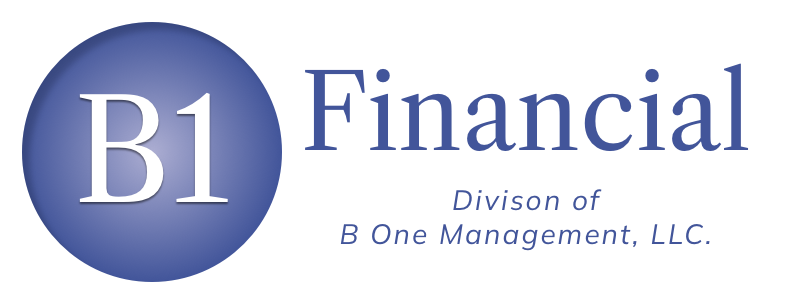Getting Started: Navigating the Investment Landscape
Investing can be overwhelming, especially if you're unsure where to begin.
Each investor has unique needs and preferences, balancing risk, reward,
and flexibility. Education is a powerful tool in financial planning, and
this article aims to provide clarity on the most common investment
vehicles, helping you make informed decisions.
Stocks: Ownership and Growth Potential
Stocks represent partial ownership in a company. When you buy a stock,
you're acquiring a share of that company, potentially benefiting from
both its profits and market value increases. The appeal lies in their
potential for strong long-term growth and dividends. However, they
require a certain level of risk tolerance due to market volatility, and
losses can be significant if not carefully managed.
Understanding Bonds: A Safer Path with Regular Returns
Bonds are debt instruments where you lend money to a corporation or government.
These investments promise to return your principal along with interest once matured.
Bonds offer a more stable investment approach with regular income,
making them generally less risky than stocks. Despite their reliability,
they often yield lower returns and can be influenced by interest rate changes.
Mutual Funds: Diversification and Professional Management
Mutual funds pool money from many investors to invest in a varied
portfolio of stocks, bonds, or other securities, guided by professional
managers. This option provides instant diversification and requires relatively
low initial investments. On the downside, management fees can reduce returns,
and investors have less control over their individual holdings.
ETFs: Flexible and Efficient Investments
Exchange-Traded Funds (ETFs) are akin to mutual funds but trade like
stocks on exchanges, offering investment in different markets or sectors.
They boast low fees and high tax efficiency, with the freedom to trade throughout
the day. They do face intraday price volatility and may incur brokerage fees.
Certificates of Deposit: Secure and Predictable
Certificates of Deposit (CDs) are time-bound deposits with a bank, promising
a fixed interest rate in return for keeping your money untouched until maturity.
Known for low risk and predictable returns, they're typically FDIC-insured.
However, they lack liquidity, and premature withdrawals can incur penalties.
Real Estate and Collectibles: Tangible Investment Opportunities
Real estate and collectibles such as art or precious metals offer tangible
asset investment options aiming for value growth or generating income. These
investments are appealing for potential hedge against inflation. However,
they can be costly to enter and maintain, and selling may require significant time and effort.
Target-Date Funds: Set and Adjust
These funds automatically rebalance asset allocation as the target
retirement date approaches, shifting focus from growth to preservation.
They offer convenience and inherent diversification but might not align with
individual risk tolerance and financial objectives, necessitating regular review.
Investing is not a one-size-fits-all approach. Reflect on your personal goals and risk tolerance to make suitable choices. Recognizing the diversity of investment vehicles empowers you to confidently build your financial future. Whether it's reviewing your portfolio, diving deeper into research, or seeking advice from financial advisors, take a proactive step today towards securing your financial well-being.

